Mary Ceruti | Executive director, Walker Art Center, Minneapolis
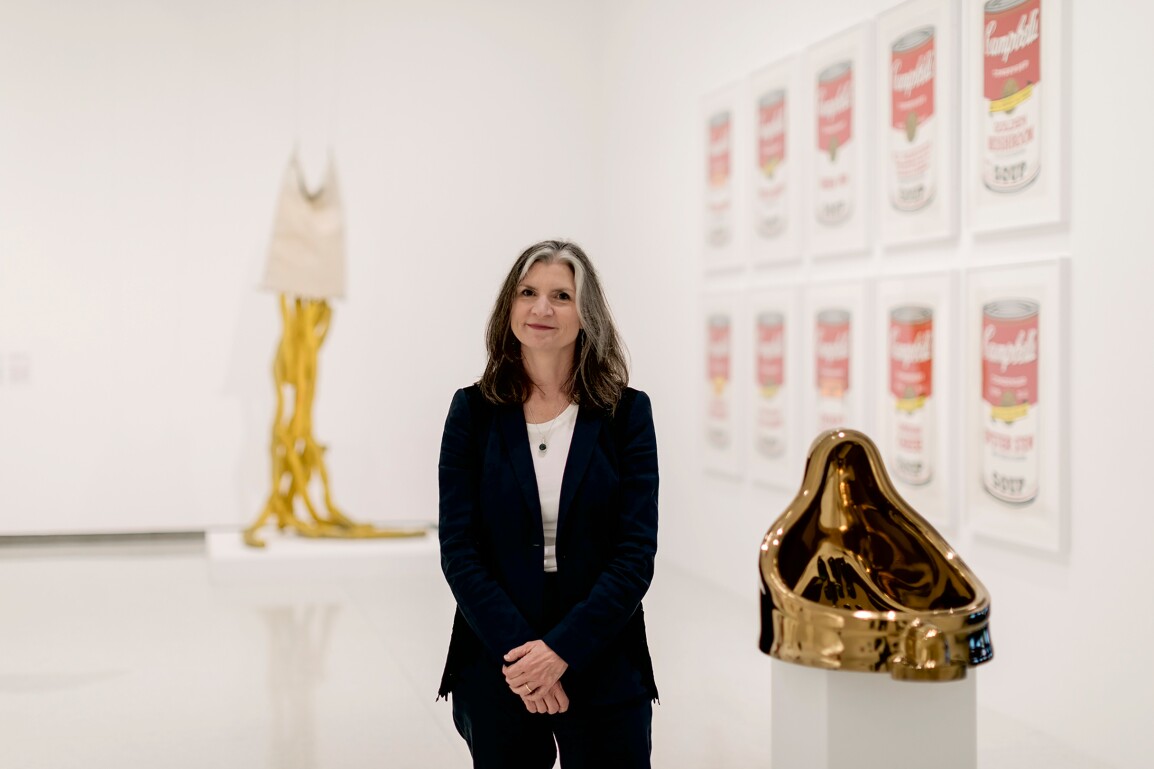
A s one of the many museum directors who have been grappling with closures forced by coronavirus, Mary Ceruti is reflecting on the future of institutions and the part they will play in uniting communities. “I’m hopeful that the current situation will accelerate museums’ efforts to be more reflective and responsive to communities. We have a role to play in social cohesion.” Crucially, she adds: “How this will change the way we operate is not clear. We are trying to focus on the positive outcomes. Above all, connecting with art is a physical experience and people will want that again.” Funding will be a concern. “I think we can look to our experience of prior economic downturns. Philanthropic giving could shift to public health programmes or political causes. Our funding model is relatively balanced, comprising endowment support, contributions and earned income. All three funding streams will probably go down,” Ceruti says. She outlines how quickly the emergency situation developed prior to closing the museum doors. “We had been doing scenario planning for several weeks prior to closing.
In the US, it all happened overnight. On 11 March, we decided to halt public events such as lectures and performances through mid-April. Perhaps not opting for the most dire solution first is just human nature. The government did not tell us to close, but by 12 March it became clear to us that people were not comfortable in public spaces. We had to implement things faster than we ever imagined.” Every department is continuing to work. Visitor services, for instance, are focusing on training and doing lots of data entry, analysing visitor service surveys, says Ceruti. “We are trying to preserve as much of the programme as we can. The catalogue for the exhibition The Paradox of Stillness: Art, Object and Performance is at the printer, and we are in the process of rescheduling the show. Other shows will get extended. We want to take advantage of digital programming and plan to experiment with different formats.” Find out more at walkerart.org.
Gong Yan | Director, Power Station of Art, Shanghai
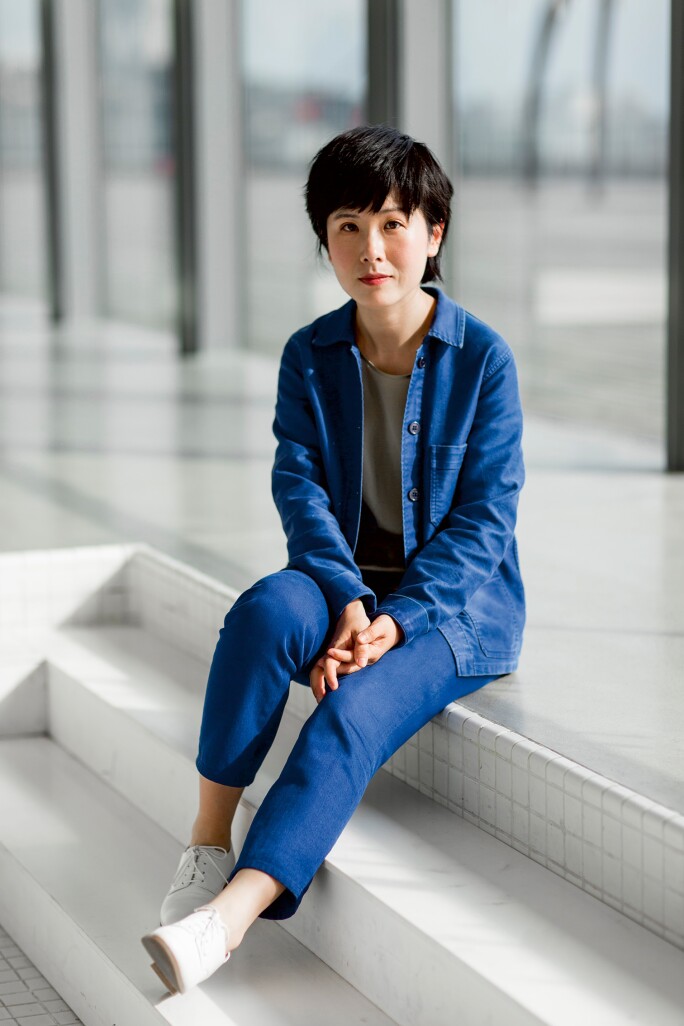
Power Station of Art reopened on 13 March. Prior to this, how did you and your staff navigate the lockdown period in Shanghai (late January to mid-March)?
After 3 February our administrative staff began to return to the office while the rest of the team worked from home, and by 12 March everyone was back on site. During the isolation period we focused on social media via WeChat, with special activities for Valentine’s Day and Tree Planting Day. Every day we sent out customised programming to our followers, who include professionals, art-lovers and children.
Series included daily morning reading suggestions, architectural texts and a daily image from our collection. Our Family Club has art courses for children aged three to six – the musician Xiao He, for instance, presented obscure nursery rhymes. There was also a series of lectures on contemporary art and its curation. These online activities aimed to enrich people’s lives during the isolation period, and make them feel less alone through art and imagination.
What advice might you offer to Western museums that are only now figuring out how to work remotely?
Realise that it is a process from the initial outbreak to it being under control. Take it as an opportunity for museum staff to study, learn and improve themselves. Using the internet, there is a lot that museums can do to maintain audience interaction, and that allows us to examine museum publicity from a new angle.
Reopening the museum required us going step by step to take every precaution. For the physical and mental health of our public-facing staff, we can conduct psychological counselling in advance, or provide enough protective equipment like masks and disinfectant. Ventilation, temperature and humidity control systems need to be disinfected in advance. I hope all our colleagues can get through these difficulties together, and we see queues outside our museums again.
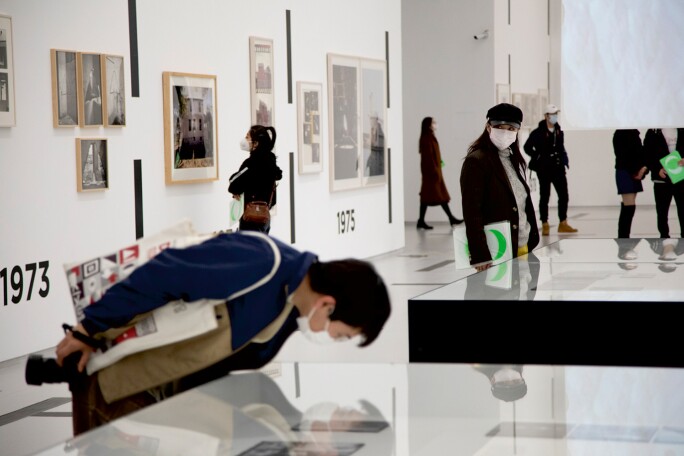
What were the biggest challenges of reopening?
There are two main aspects. One is the audience: we need to help them overcome their psychological fear of being in public. Also as we end social distancing we need to maintain vigilance about physical distancing for epidemic prevention. Thus we are limiting the flow of visitors through online reservations. Second are exhibitions: many of our international collaborations must be postponed or cancelled. So, we are planning new exhibitions using our collection, with more space for Chinese art, architecture and literature.
How are you planning to navigate the next few months of uncertainty?
“Uncertainty” is the very nature of art. Previously, we all “managed” art like it was engineering, with 100% certainty. The current situation just allows us to consider the fundamental inertia of traditional art museums. We should be cautious, but not afraid; we should give this period of improvisation the full range of our imaginations.
Is there anything you wish you had known or done differently when the lockdown first started in January?
No – it’s not like we could have predicted the Covid-19 outbreak in advance. Though art can not directly combat the virus, we must believe in how it empowers our spirits. Find out more at powerstationofart.com.
Alex Farquharson | Director, Tate Britain, London
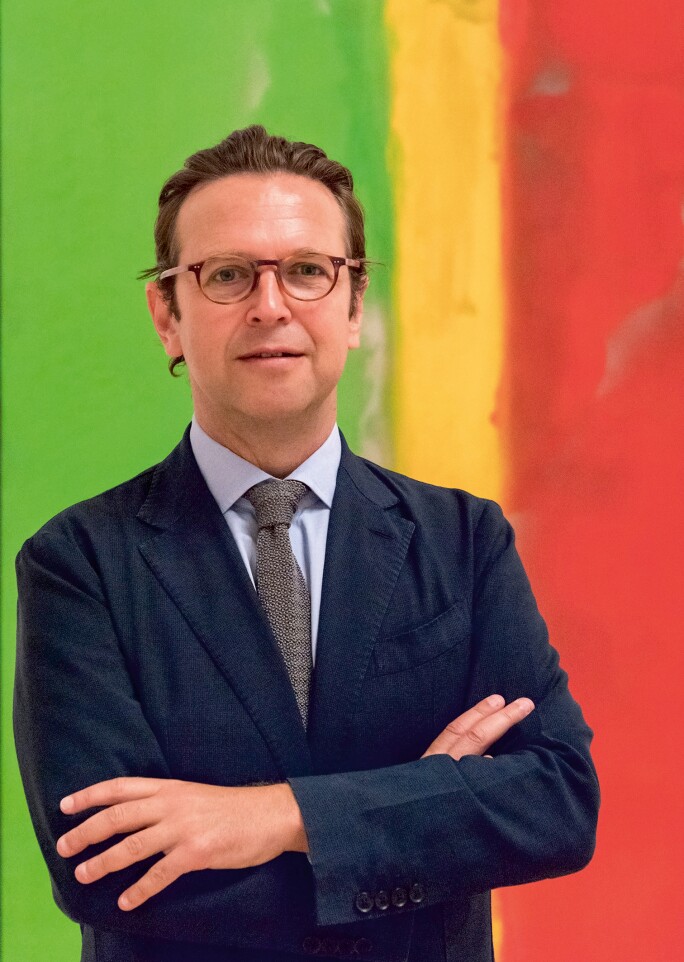
A lex Farquharson stresses that this is “certainly an unprecedented moment”. “Tate Britain hasn’t closed its doors for any significant period of time since the Second World War. But everyone is responding incredibly quickly to deal with the ever-changing circumstances.”
Much of the gallery’s current work is about assessing the impact on upcoming programmes, figuring out what might need to open or close later or earlier, and all the logistical problems those changes might entail, he adds. “It’s complex, especially as we need to remain flexible, but our registrars and curators are very adept at those kinds of careful juggling acts. The challenges are also being met with a great deal of empathy, pragmatism and collegiality from others in our sector, which is a heartening reminder of the core values we all share.”
While museums remain closed and silent, museum chiefs are especially mindful of their online offerings. Tate’s collection of more than 75,000 works can be explored online, and there are thousands of videos, articles, interviews and activities on its website and social media channels, Farquharson says.
“Challenges are also being met with a great deal of empathy... it’s a heartening reminder of the core values we all share.”
“We had also produced new content about our current exhibitions before we closed the gallery, some of which is online already and some of which will be released in the weeks to come. One particularly noticeable shift in the past week has been the unprecedented popularity of our Tate Kids website, including a record number of homemade works by children being uploaded from around the world, so there have been some wonderfully creative responses to the need to social distance.”
How museums and galleries will recover once the pandemic subsides is an issue the cultural sector must confront worldwide. “I think it’s too early to say what the real consequences might be. The appetite for arts and culture continues to grow, and has been growing for many years, so the long-term picture for all museums and galleries should remain a positive one,” Farquharson says. “Getting through this period will be difficult, but I’ve seen a great deal of commitment and creativity from everyone I’ve spoken to over the past few weeks.” Find out more at tate.org.uk.
Carolyn Christov-Bakargiev | Director, Castello di Rivoli Museo d’Arte Contemporanea, Turin
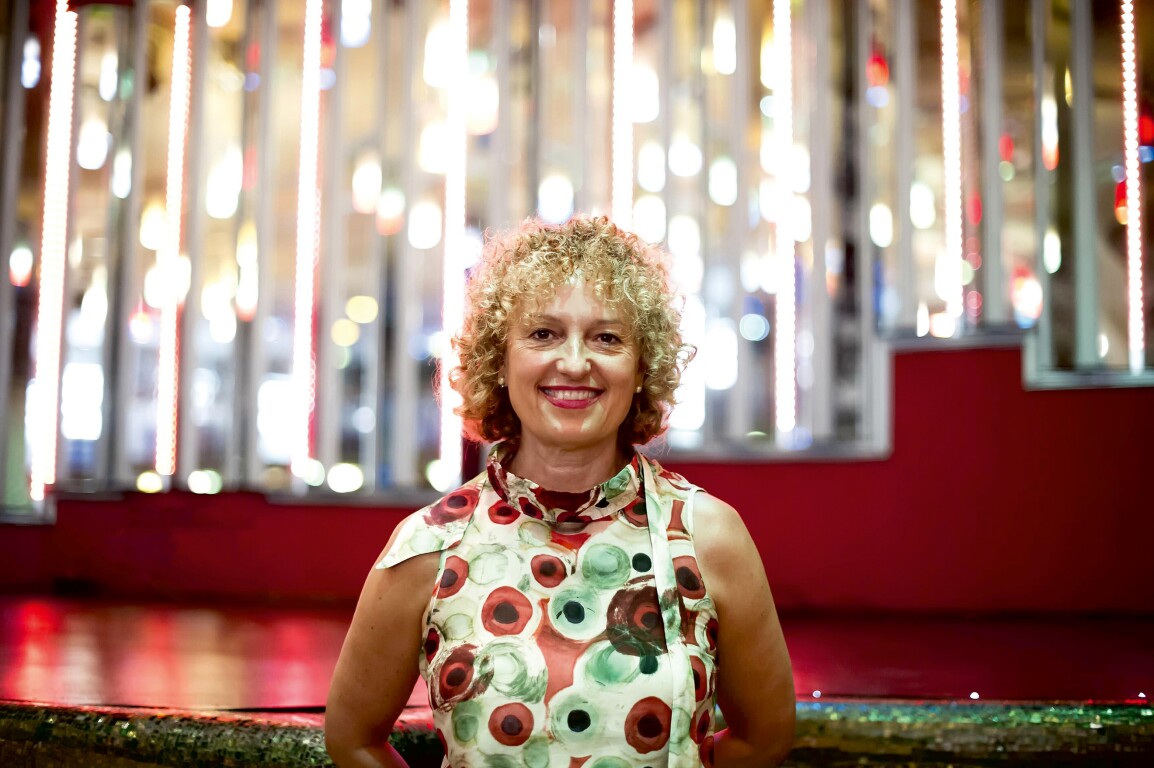
T he director of the Castello di Rivoli contemporary art museum outside Turin believes the current crisis will change forever how museums are seen and evaluated. “We won’t go back to the way it was before,” Christov-Bakargiev says. “For example, museums were funded on the basis of attendance levels and how many people we could get into the building – that was a thermometer for how to measure the success of a museum.”
“Obviously, a museum like Castello di Rivoli, on a hill outside Turin, which is less accessible than an urban museum, was disadvantaged by that metric. I don’t think it ever will be again. Museums will be judged on the quality of their collections, exhibitions and publications, and what they provide online to the world in terms of cultural knowledge.”
Her account of crisis management is especially relevant as Italy was the first country in Europe to go into lockdown on 9 March. “In Italy, we happen to have had the effects of the coronavirus hit the country before the rest of Europe and the US. Once we achieved the clarity of the government decree of 22 March, which states that the government must take care of cultural heritage, I set up an essential staff rotation of conservators and curators. However, the shock is still there. We’ve lost an enormous amount of income because we have no ticket sales, no guided tours, no bookshop, no cafeteria, no restaurant.”
“Museums were funded on the basis of attendance levels... I don’t think they ever will be again.”
The museum had to close the current exhibition of Uli Sigg’s collection of Chinese contemporary art. “We hope to be able to reopen it later this year,” she says. The forthcoming show Espressioni, scheduled for the autumn but postponed until late 2021, is especially relevant. “Although we did not plan it for this terrible moment, it seems to fit our times. This exhibition looks at art from pre-history to today and explores how societies have been strained by difficult times and how, as a result, forms of expressionism have emerged.”
She has nonetheless prepared a wealth of online materials for consumption during the crisis, including the museum’s innovative Digital Cosmos initiative. “It’s about working with artists to show works that are to be experienced specifically on the website. For example, Giuseppe Penone has made a series of films of actions that have never really been exhibited in a gallery space. He thinks of them as poetic gestures. They were only made for a viewing format such as this.”
Finally, she expresses what is, for many, a common truth. “Literature and film can be experienced remotely, but art has something to do with the uniqueness of the bodily encounter and the senses. An encounter with an artwork has to do with understanding the tactility of paint, wood, sculpture, all these kinds of things you cannot experience as much online. No matter what we do digitally, we can’t replace it.” Find out more at castellodirivoli.org.